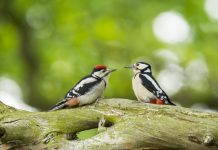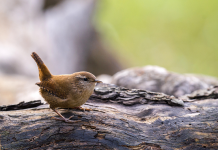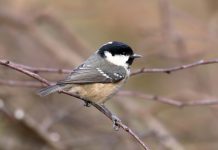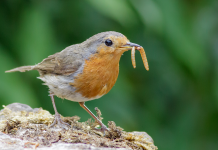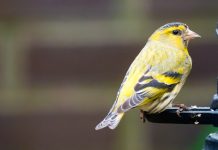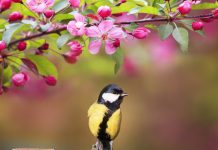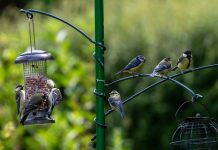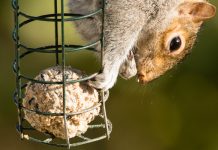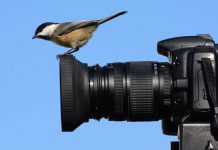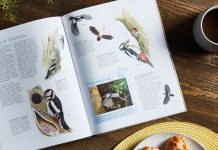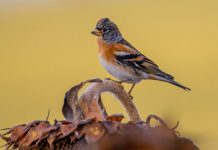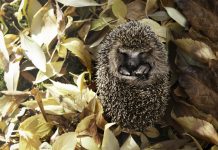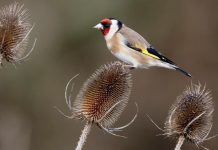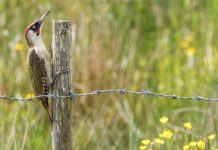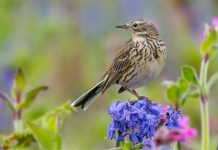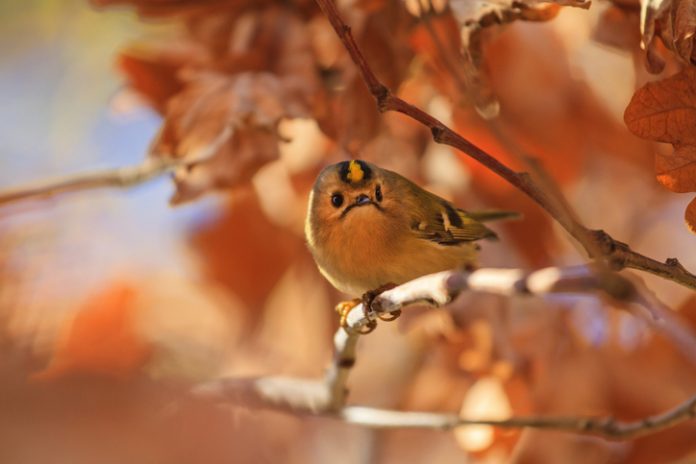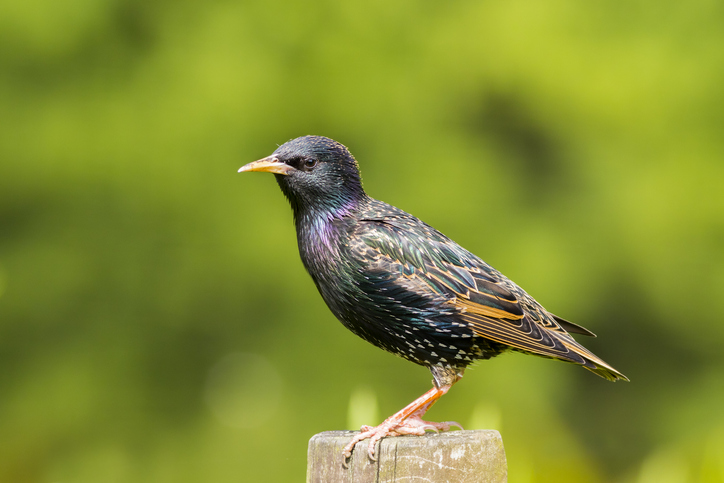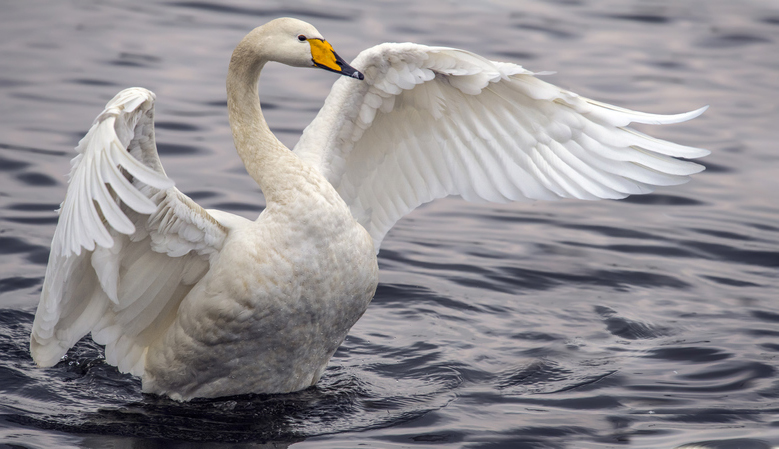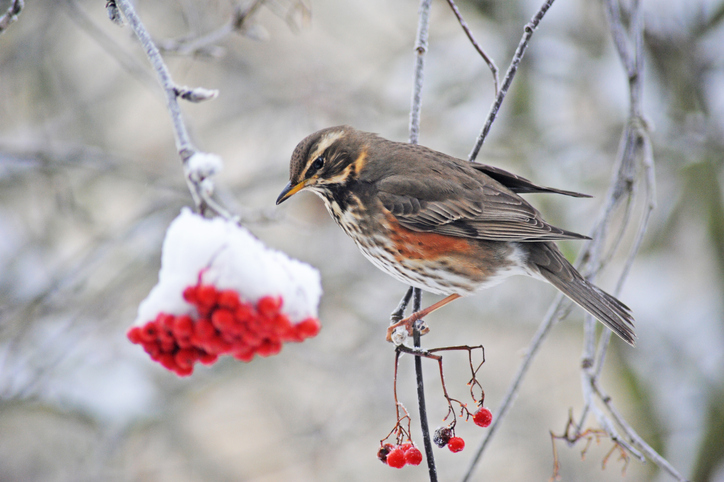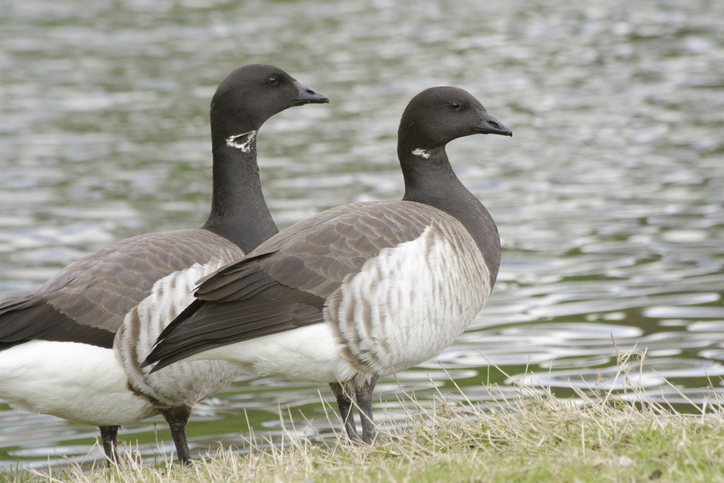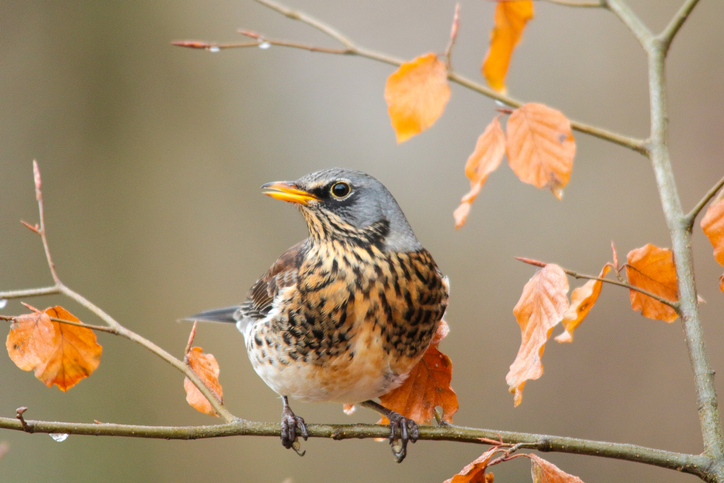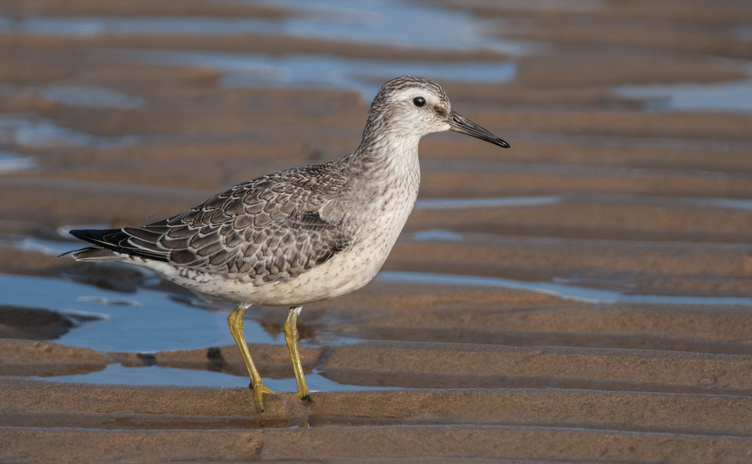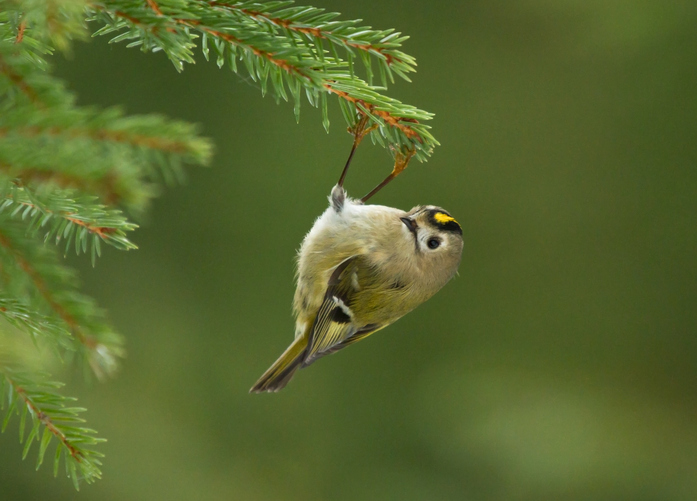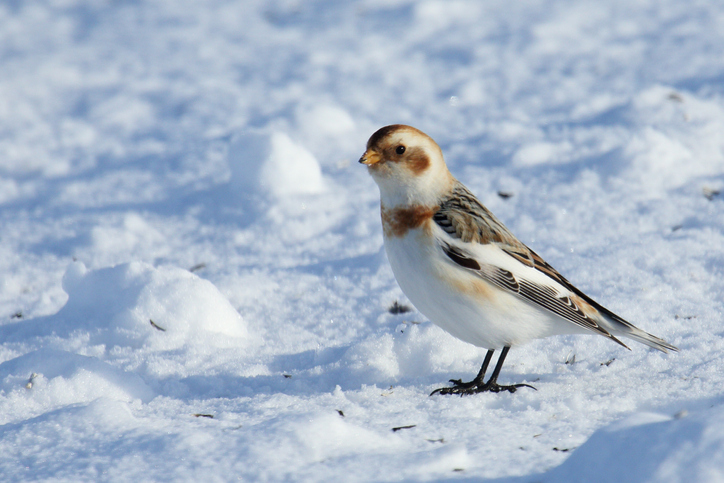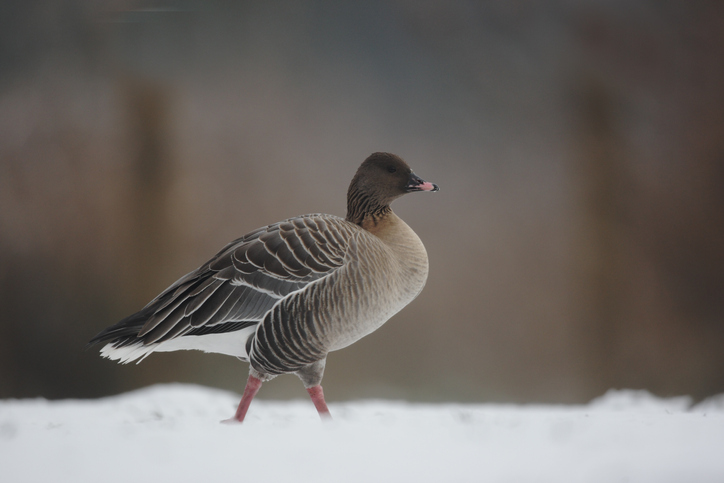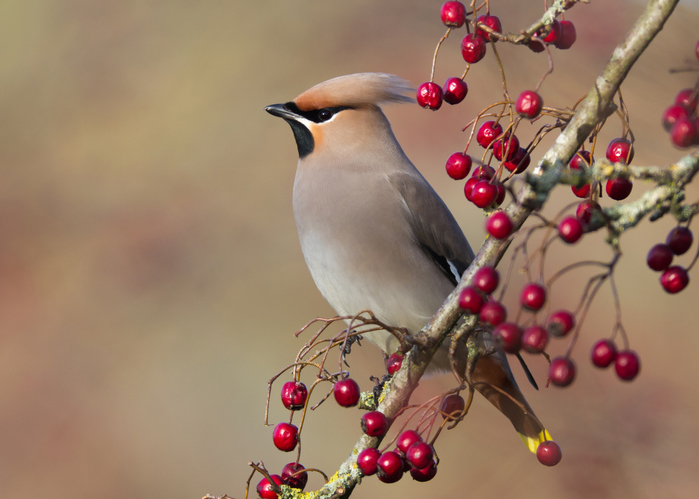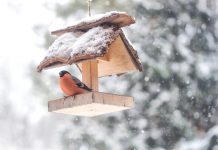The time has come to wave farewell to our summer visiting feathered friends as they begin their long journeys to warmer countries where they will spend their winters. But as we say goodbye to our summer visitors, we can start to welcome in our winter visiting birds!
Many birds start to migrate to the UK from September in search of more accessible food throughout the winter, and to take advantage of the milder weather than in their native countries. We’ve put together a list of them to keep an eye out for this cold season both in your garden and out and about.
Starling
The UK’s starling population almost doubles during winter as hundreds of thousands of these beautiful birds migrate from Eastern Europe and Russia, flying around 1,250 miles in the process. These visitors join with our resident starlings to form the huge, swirling flocks, known as murmurations, which are thought to be a way of warding off birds of prey from their nearby roosting sites. Starlings seek out energy-rich food to get them through the winter months, and to prepare them for their journey home come springtime.
Whooper Swans
Migrating from Iceland, whooper swans join the UK’s resident mute swans over the winter months. Announcing their arrival with loud, trumpeting calls, whooper swans come to the UK to feed on aquatic plants, grass and grain.
Redwing
Redwings come to visit from Iceland and Scandinavia between October and March to feed on tree berries. Identifiable by a creamy stripe over the eye and their namesake red markings under the wing, the redwing is Britain’s smallest thrush. If your garden is lacking in naturally occurring berries, try using berry suet to entice them to your tables.
Brent Goose
There are two types of species of brent geese that overwinter in the UK – dark bellied and pale bellied. The dark bellied hale from Northern Russia, and the pale bellied migrate from Canada and Greenland. Famously travelling in V-shaped family groups, they can be found in Ireland and along the eastern side of Britain.
Fieldfare
In 2018 during the infamous ‘Beast from the East’, the RSPB was inundated with phone calls reporting sightings of unusual birds visiting gardens. Venturing out from woodland into more urban areas in search of food, these birds were in fact fieldfares. Identifiable by their blue-grey hoods, streaked breasts and white rumps, they can be seen hopping along the ground in search of worms, snails and insects.
Knot
Coming all the way from the Arctic Circle, knots are widespread in the north and east of the UK during winter. They join other migrating continental birds and form huge, spectacular flocks along the coast where they feed on shellfish and worms.
Goldcrest
Although goldcrests can be found throughout the year in the UK, they are joined by a large number from Scandinavia and other colder countries during the winter. Britain’s smallest bird, the goldcrest is most easily identified by its bright yellow head stripe. An avid insect eater with a penchant for snacking on caterpillars and flies. Goldcrests also have the ability to catch insects whilst hovering!
Snow Bunting
These chirpy little birds have the amazing ability to change colour depending on the season! Arriving from as far afield as Canada and Alaska, they arrive in the UK sporting pale-brown plumage, having changed from white feathers during flight, as there is less need to camouflage against the snow. They are ground feeding birds and will happily snack on any seeds on offer.
Pink Footed Goose
An astonishing 85% of the world’s population of pink footed geese overwinter in the UK, arriving each year from Greenland and Iceland. In the 1960s, only 50,000 overwintered in Britain but this has since risen to over 300,000! Identifiable by their namesake pink feet, they also have pink beaks to match.
Waxwing
Waxwings are a bit of a ‘fair weather friend’ and will only migrate to the UK in winter if the berry crops in their native Scandinavia have failed, or if the bird population outnumbers the food supplies. Nevertheless, these exotic looking birds are a real treat to behold. They can be found in rowan trees and have also regularly been reported around supermarket car parks!

